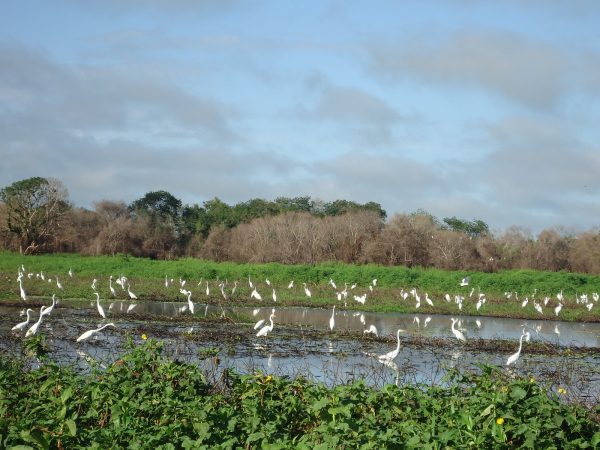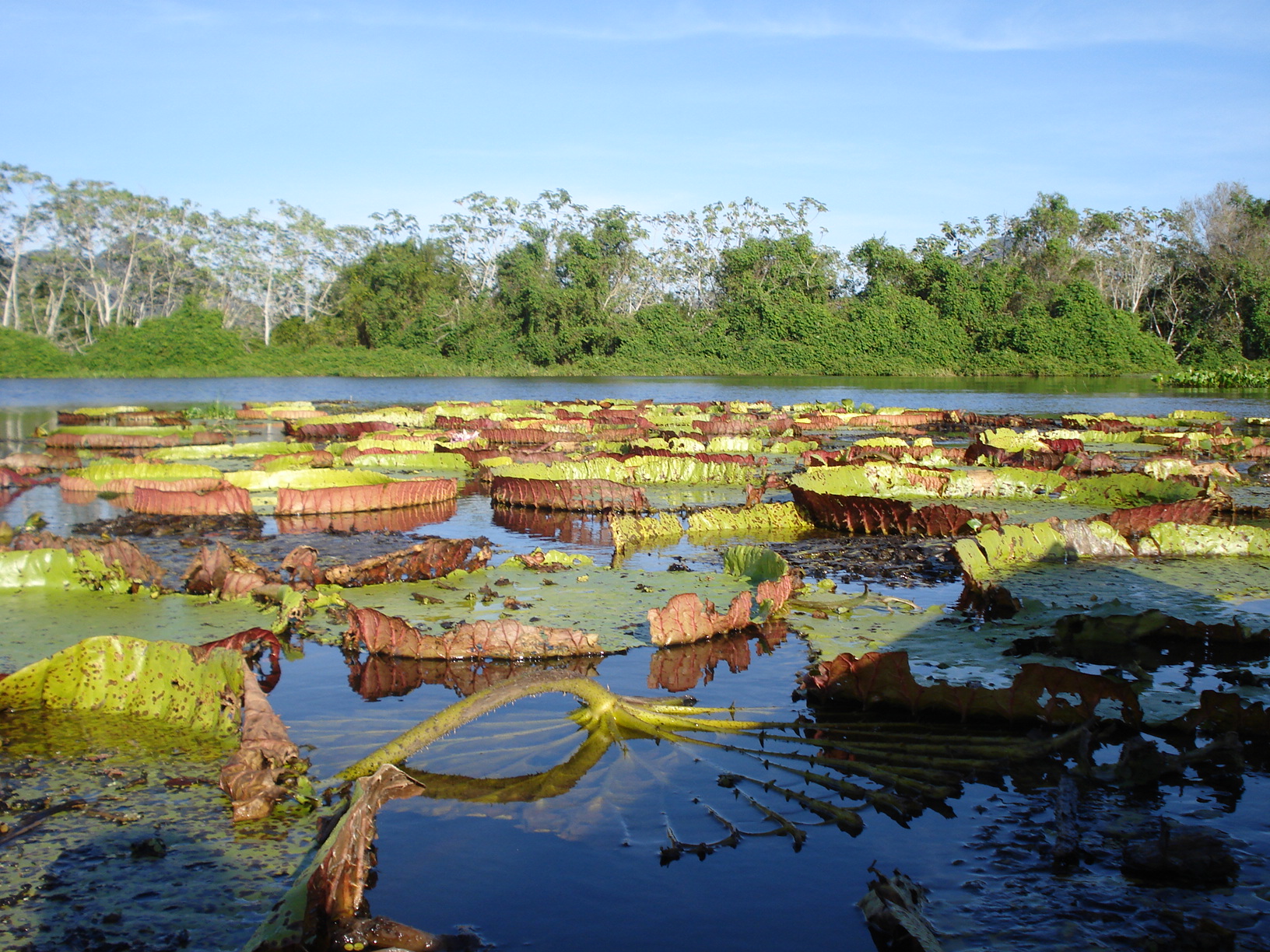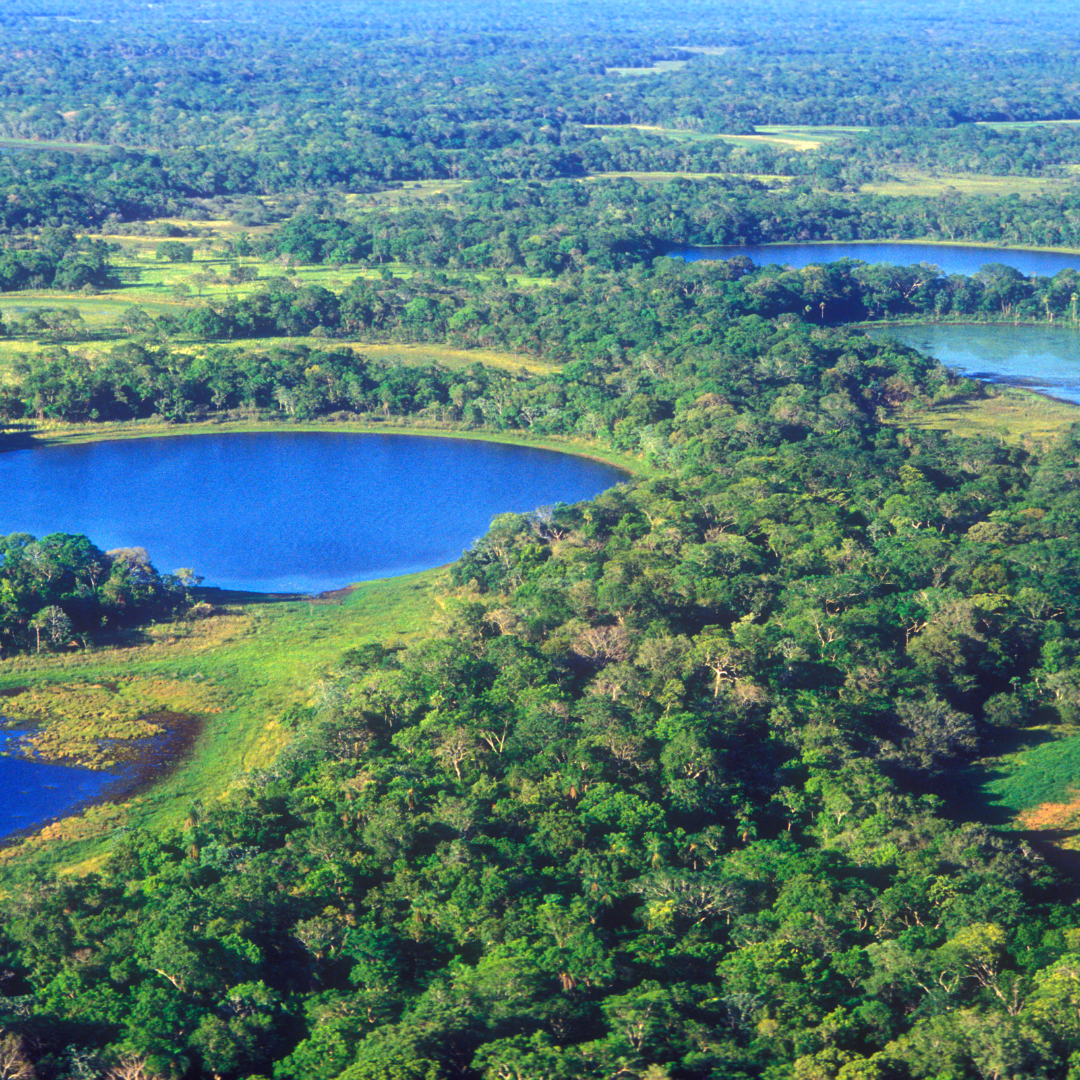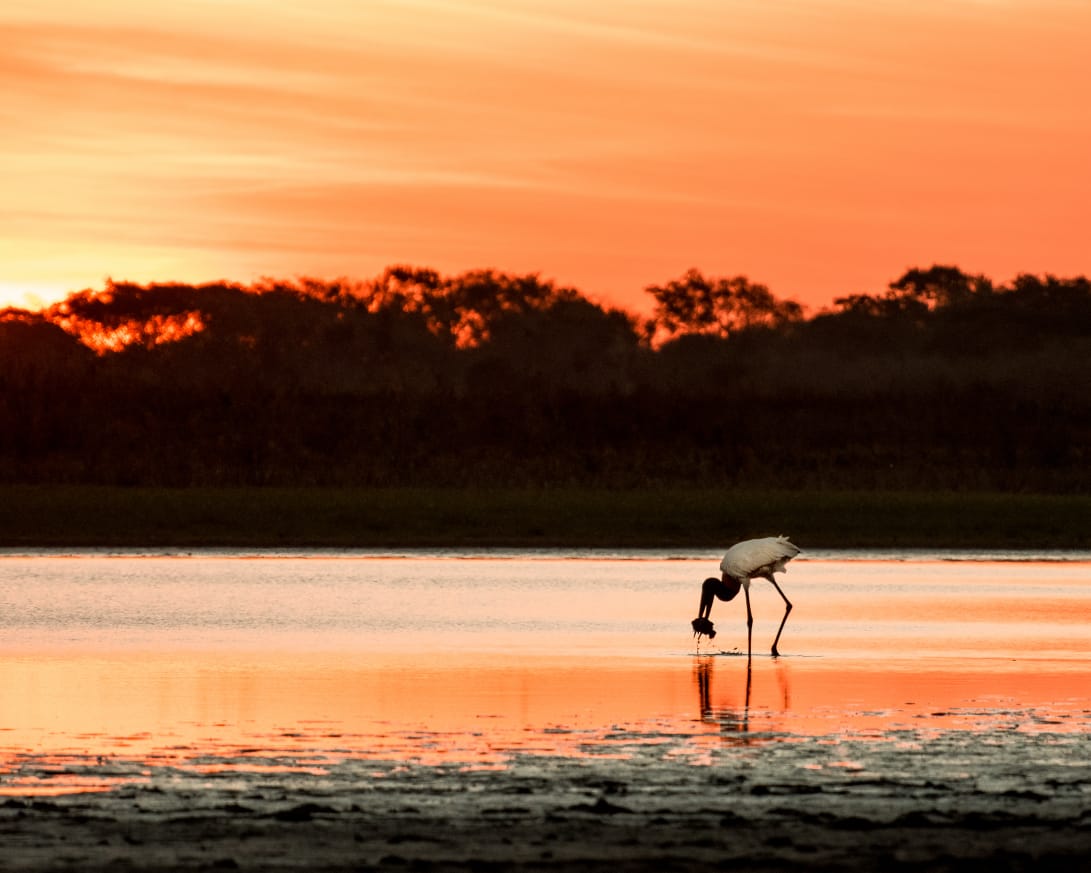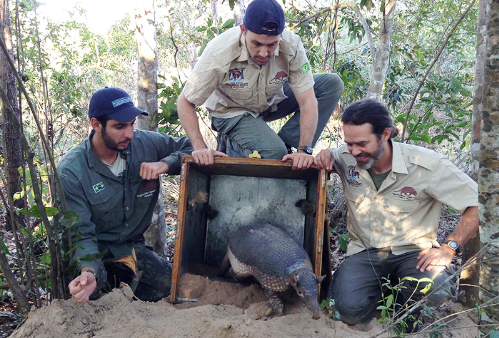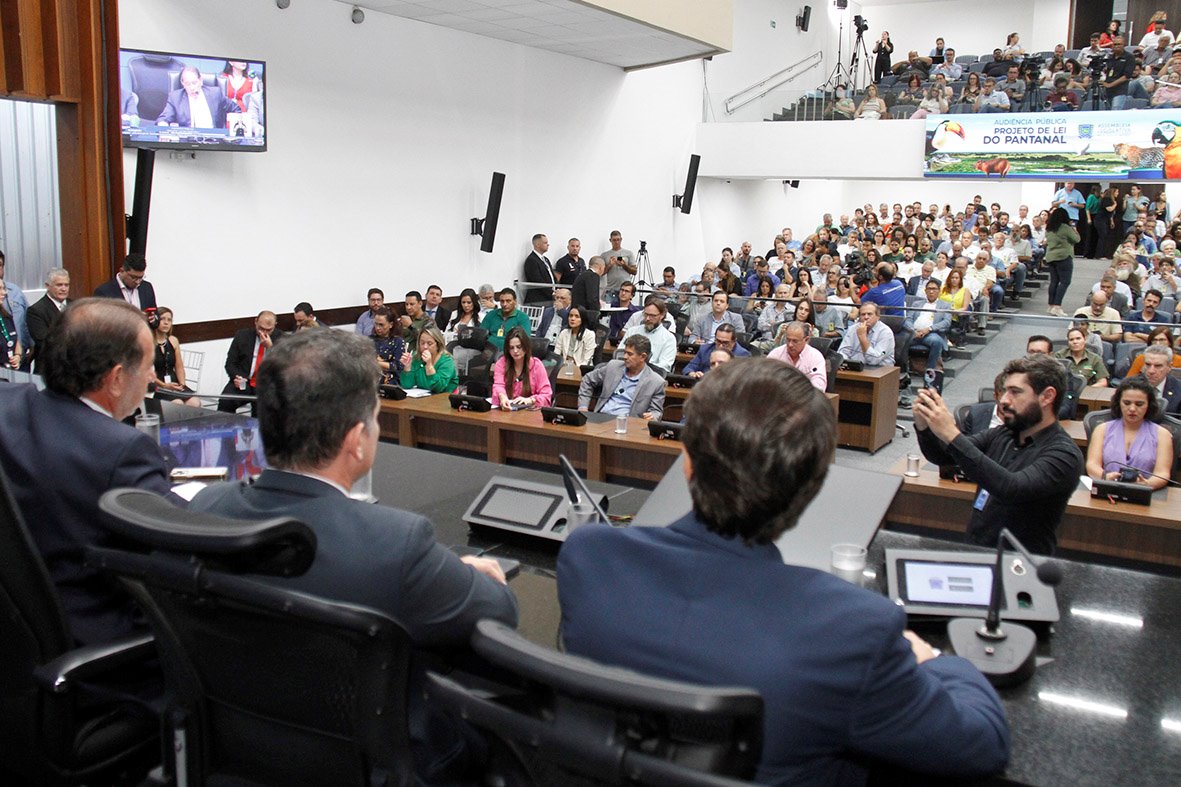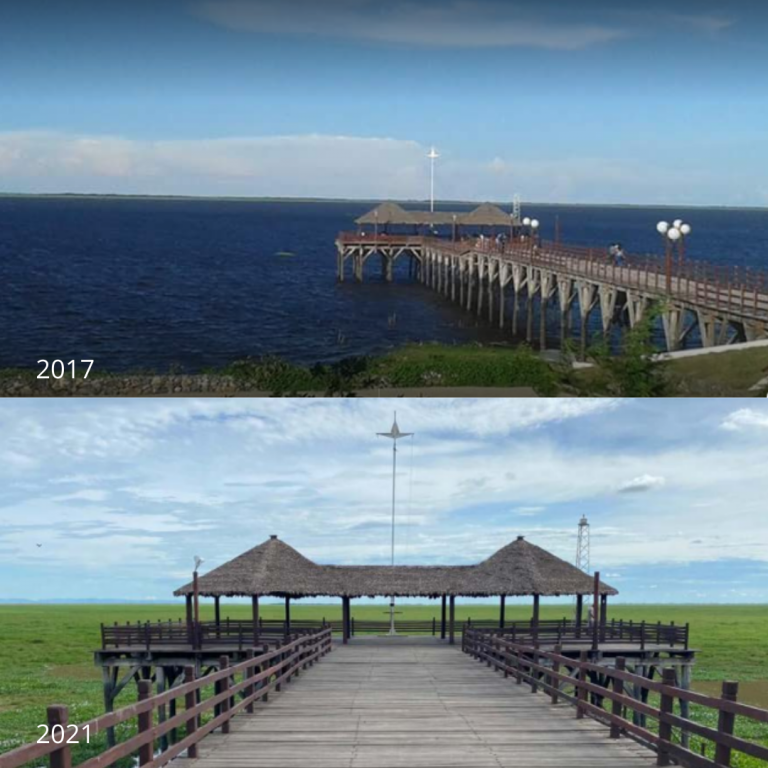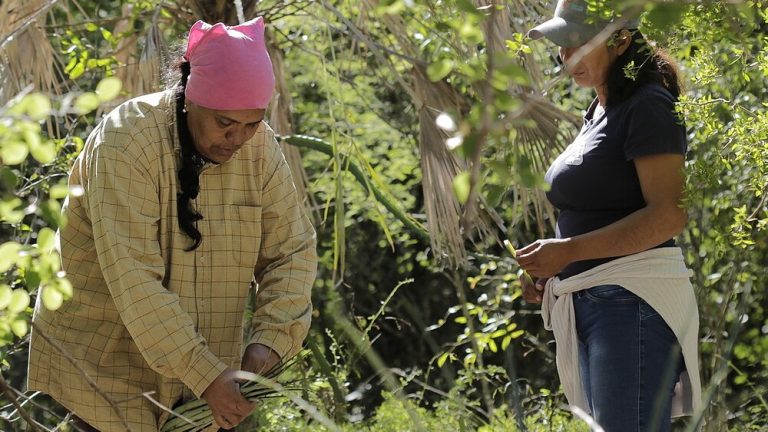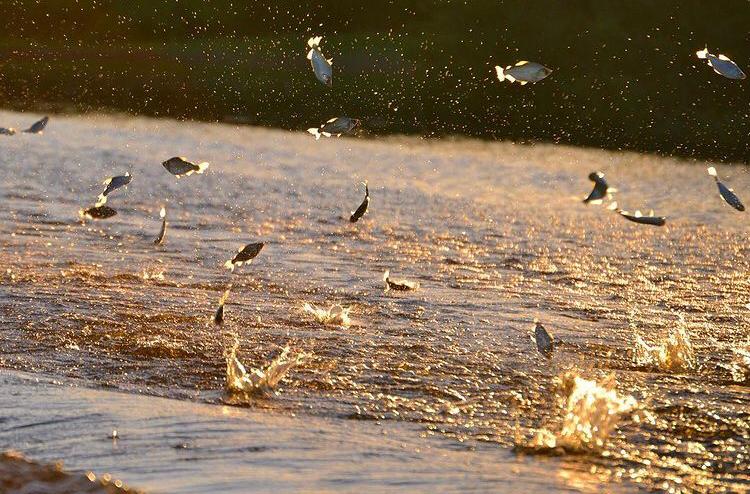Avery Stonich is an American writer who travels the world in search of adventure. She has already visited 45 countries and one of her destinations was the Pantanal, in Brazil. In a light and fun way, the author describes in great detail everything she has known. She was amazed with the possibility to see everyday a different environment in the same biome. The colors, the smell, the heat and the animals enchanted and presented Avery with a calm and peaceful way of life that follows the rhythm of the waters.
Check out the article, published in National Geographic, below.
BY AVERY STONICH
I get my first hint of the Pantanal‘s impressive biodiversity as soon as I get off the plane in Corumbá, Brazil. White splotches cover the tarmac like some sort of Rorschach test on steroids. Bird droppings, I come to realize. The tropical heat drapes over me like a wool blanket; the thick air carries the raw scents of nature, a mix of earthy and sour.
Part national park, part UNESCO World Heritage site, the Pantanal is the world’s largest tropical wetland, covering over 70,000 square miles—an area the size of Washington State—in the smack-dab center of South America.
Brazil can lay claim to most of the region, but, as nature recognizes no political boundaries, the Pantanal spills into neighboring Paraguay and Bolivia. And though it’s often overshadowed by the Amazon rain forest to the north, the Pantanal quietly boasts the highest concentration of wildlife on the continent.
Life in the Pantanal follows the ebb and flow of an epic ecosystem that pulses with the seasons like a beating heart.
Each year torrential rains fill the Pantanal’s giant basin, creating a vast flooded landscape. When the downpour subsides, water slowly drains into the Paraguay River, leaving behind fish- and snail-filled pools that attract huge flocks of egrets, storks, and spoonbills. Even pantaneiros, the local cowboys, move their cattle herds in sync with the water.
But the local fauna isn’t limited to birdlife. Some of the Pantanal’s most lively inhabitants include jaguars, giant anteaters, piranha, howler and capuchin monkeys, and green anacondas—the world’s largest snakes, which prowl swamps and lazy rivers in search of wild pigs, deer, and other prey.
And, unlike the Amazon, where the thick jungle obscures the view, the Pantanal lays out its wild kingdom like a Broadway stage packed with high-kicking dancers.
“The Pantanal is such an open environment,” says Photo in Natura founder Daniel De Granville, who has led tours in the area for more than 20 years. “You can see [so] far.”
I visit in April, during the flooded season, and board a ship that slowly chugs down the Paraguay River from Corumbá. Tangles of hyacinth plants crowd the shore, periodically releasing large chunks that float down the river like rafts in the swift current. Sipping a cool caipirinha—a Brazilian cocktail made with fresh lime and a sugarcane-based liquor called cachaça—I watch the descending sun transform into a glowing orb that gives our once yellow wake a rose-colored hue.
After dinner, I am among a small group who joins a guide on a smaller boat to explore a narrow channel in search of caimans, alligator-like reptiles that lurk along the shallow riverbanks. Nightfall brings no relief from the day’s humidity, and the still thick air shows up as fog in the beam of our flashlights as we drift amid a symphony of buzzing insects and croaking frogs.
We shine our lights in swooping arcs along the shore, and suddenly two eyes sparkle like diamonds in the darkness. “There’s one!” several of us shout in unison. We paddle through the reeds at the water’s edge until we come upon the caiman. Submerged except for its beady eyes and the tip of its spiny tail, the prehistoric-looking creature remains completely still, confident in its camouflage.
The next day, we wake up in Porto da Manga and set out on land, bumping along a dirt road in an open truck. Suddenly the driver grinds to a halt. “Capybaras, there, coming out of the shrubs,” our guide says.
Up ahead I see the blunt-faced snout of what looks a lot like a massive hamster. Up to two feet tall and 175 pounds, capybaras are the world’s largest rodents. An adult scampers across the road, trailed by several youngsters. Before the traffic jam has a chance to clear, a furry creature pops its head out of a marsh in the distance. “A giant otter,” notes our guide. “Look, there are two of them!”
A few miles on, we encounter another hurdle: a caracara—a bird of prey resembling a buzzard—hops in front of us in pursuit of roadkill. I admire its black cap, fleshy orange face, and white neck before my gaze drifts to a placid pond and the puffy clouds and leafy trees reflected in its still surface. A quiet scene, or so it would seem; the longer I look, the more the water comes to life.
A caiman lies in wait among the lilypads. A marsh deer pauses to nibble in the brush. Bright green parakeets flit past, announcing themselves with excited chirps. A heron stands sentinel on the shore, ready to strike.
At that moment it occurs to me that the Pantanal springs to life the moment you learn to sit quietly and observe.
Sure you’ll see plenty motoring along in a boat, pedaling a mountain bike on a dirt road, or riding a horse through the flooded fields. But the true heart of this place reveals itself slowly. And then bowls you over with its stunning vitality.
Just like the rains that fill this vast basin and the floodwaters that slowly ebb away, the perpetual fluctuations of the Pantanal invite visitors to pause and take it all in.
Each day brings a new landscape—a river rises, a pool disappears, and the circle of life continues in an unending loop.
Avery Stonich is a freelance writer based in Boulder, Colorado, who has traveled to more than 45 countries in search of adventure. Follow her on Twitter and Instagram.

